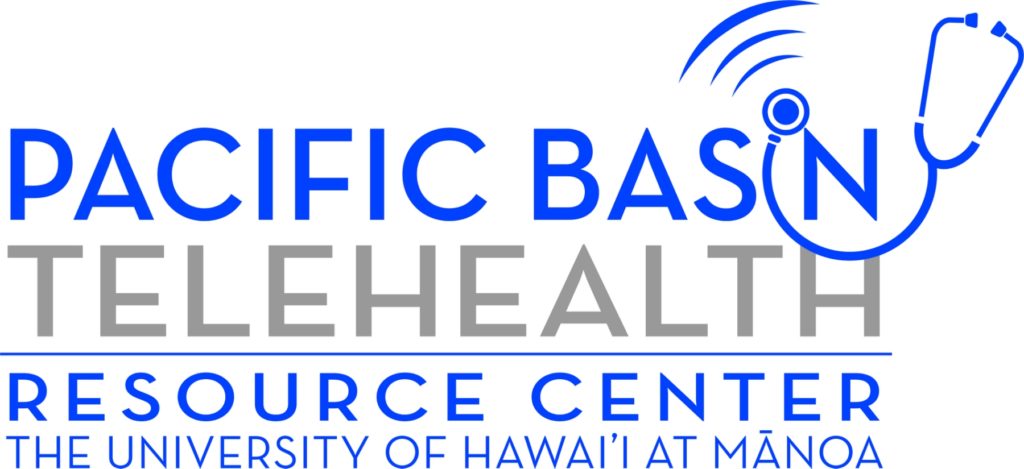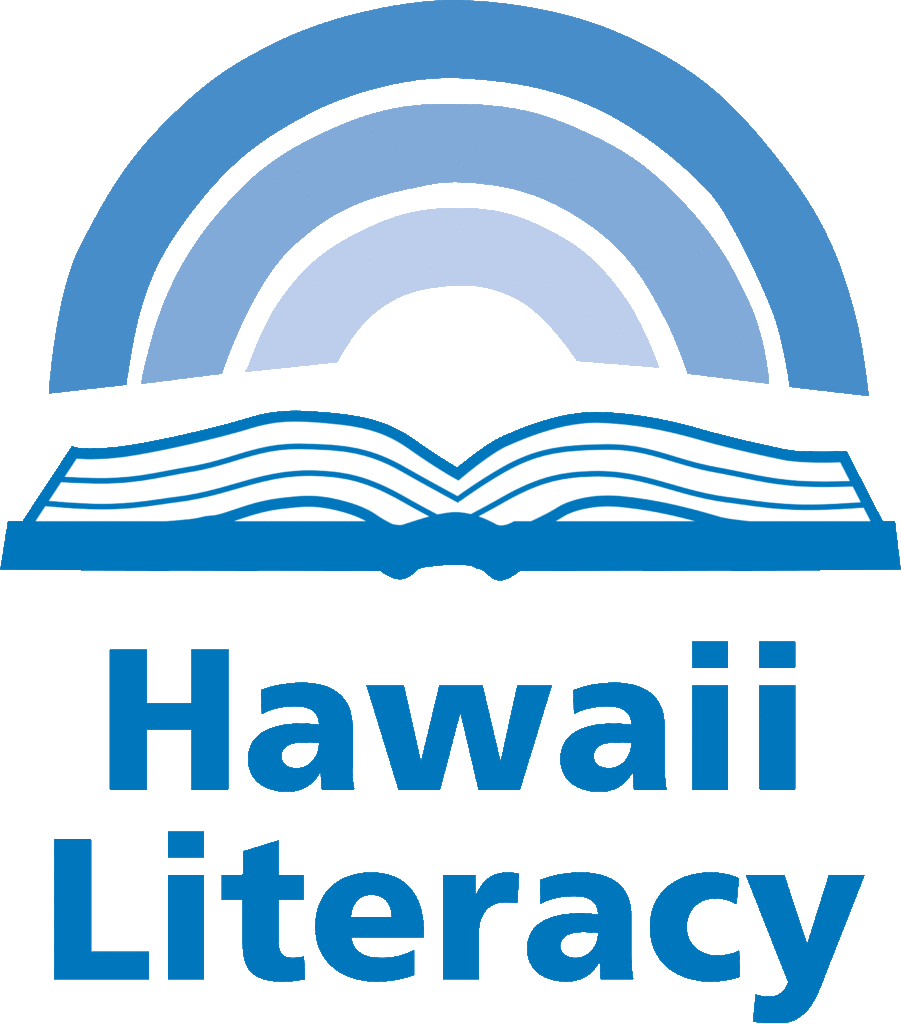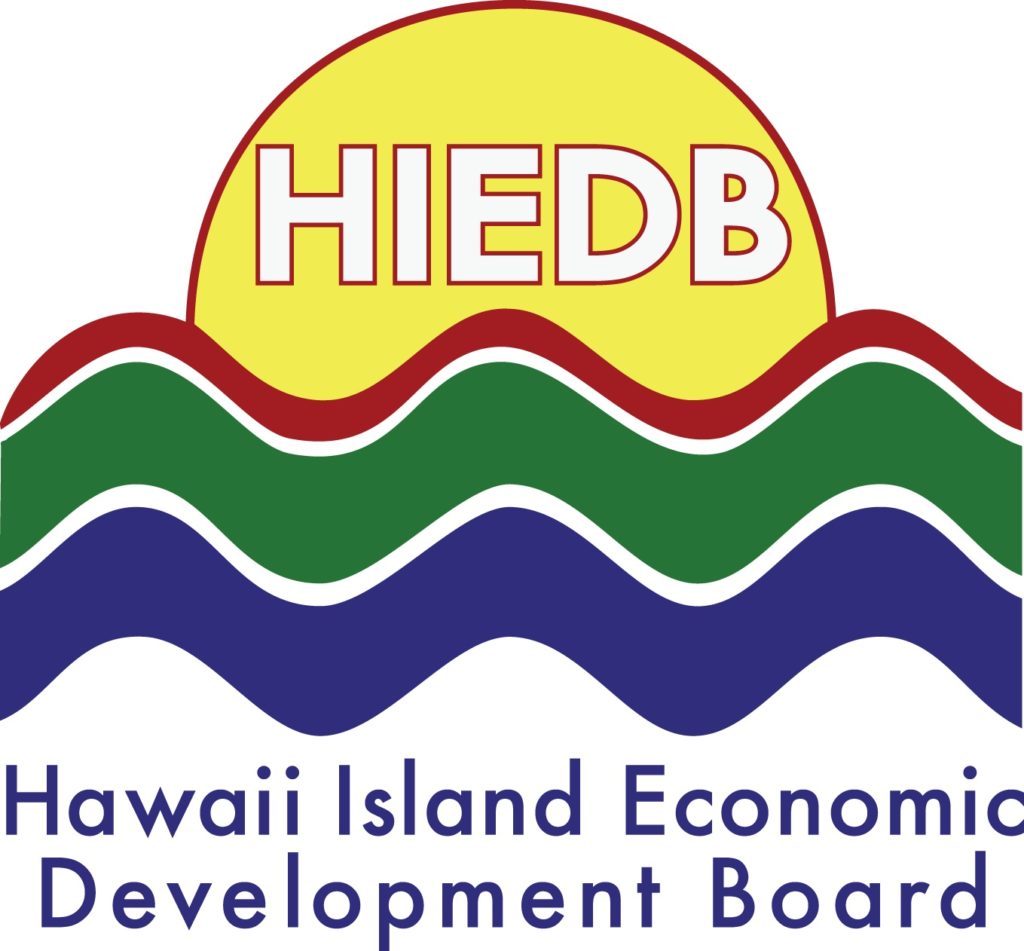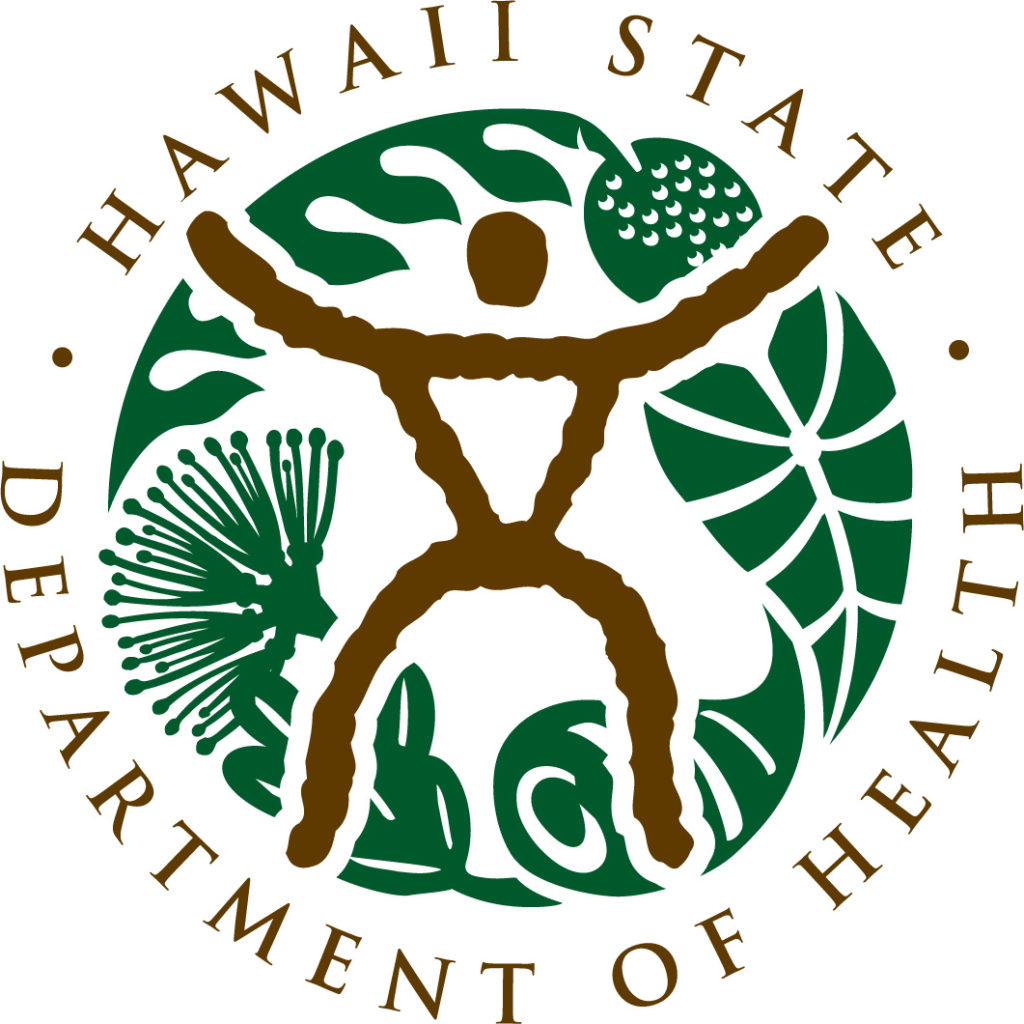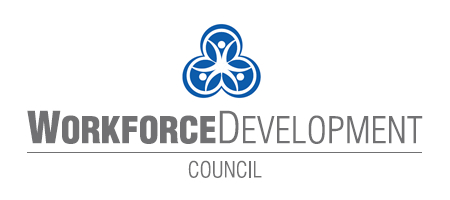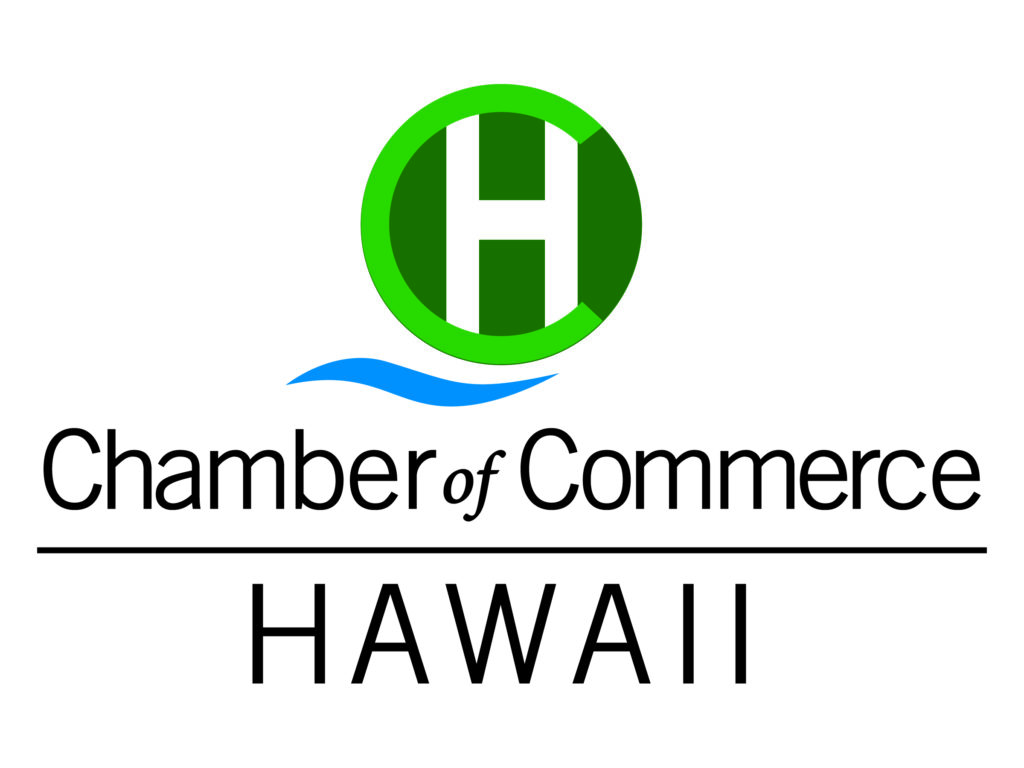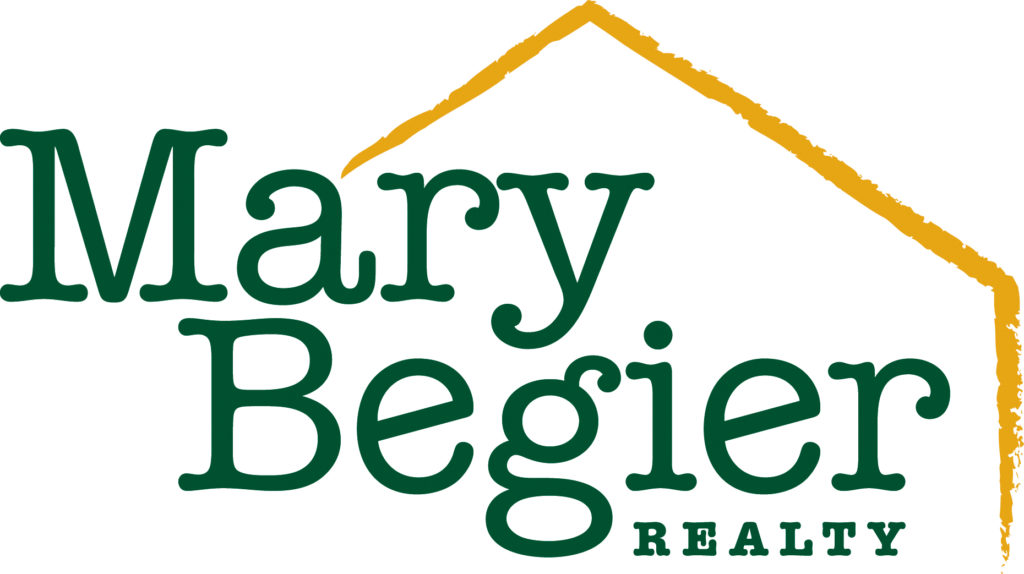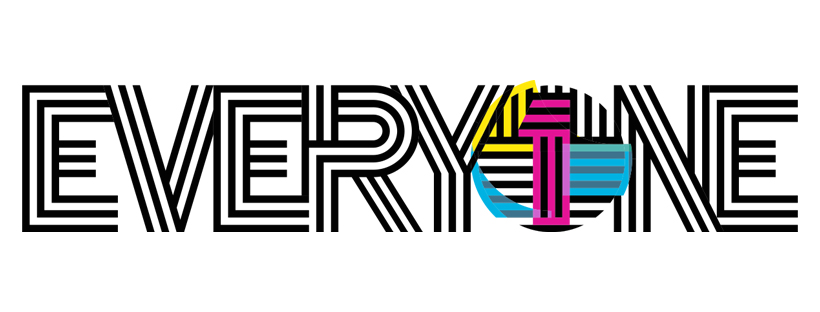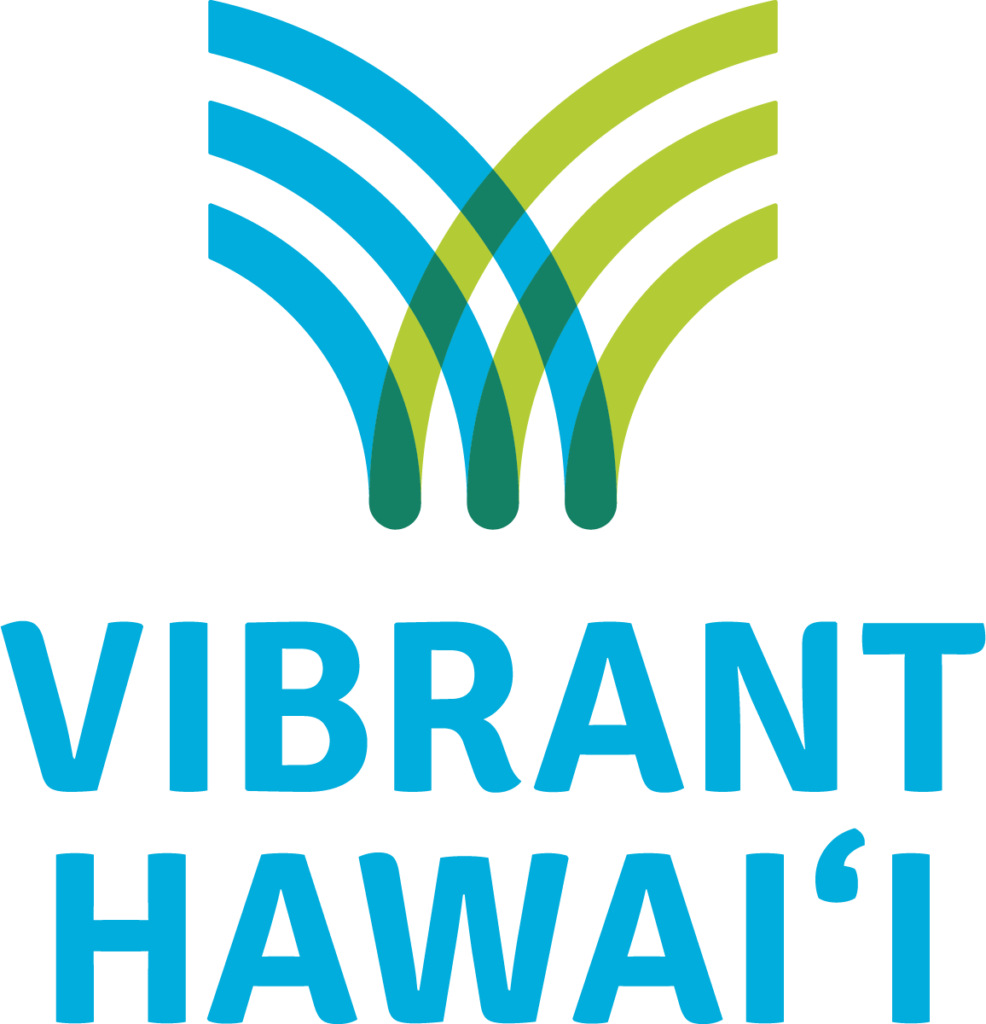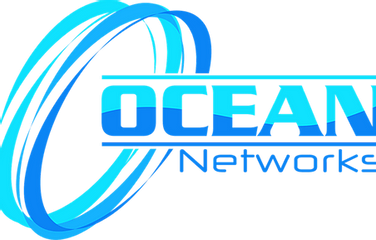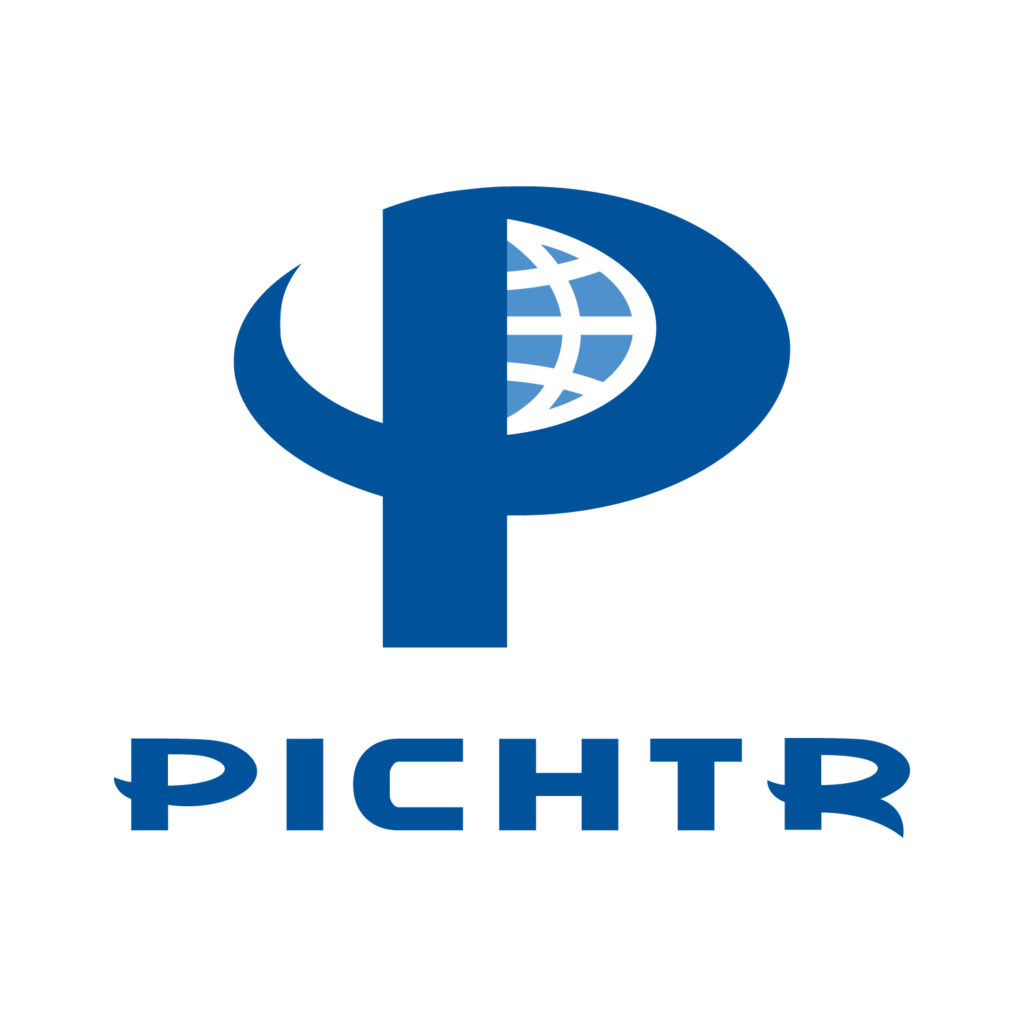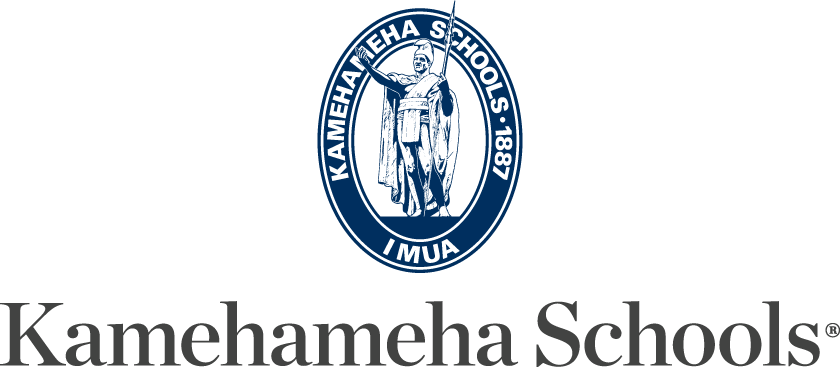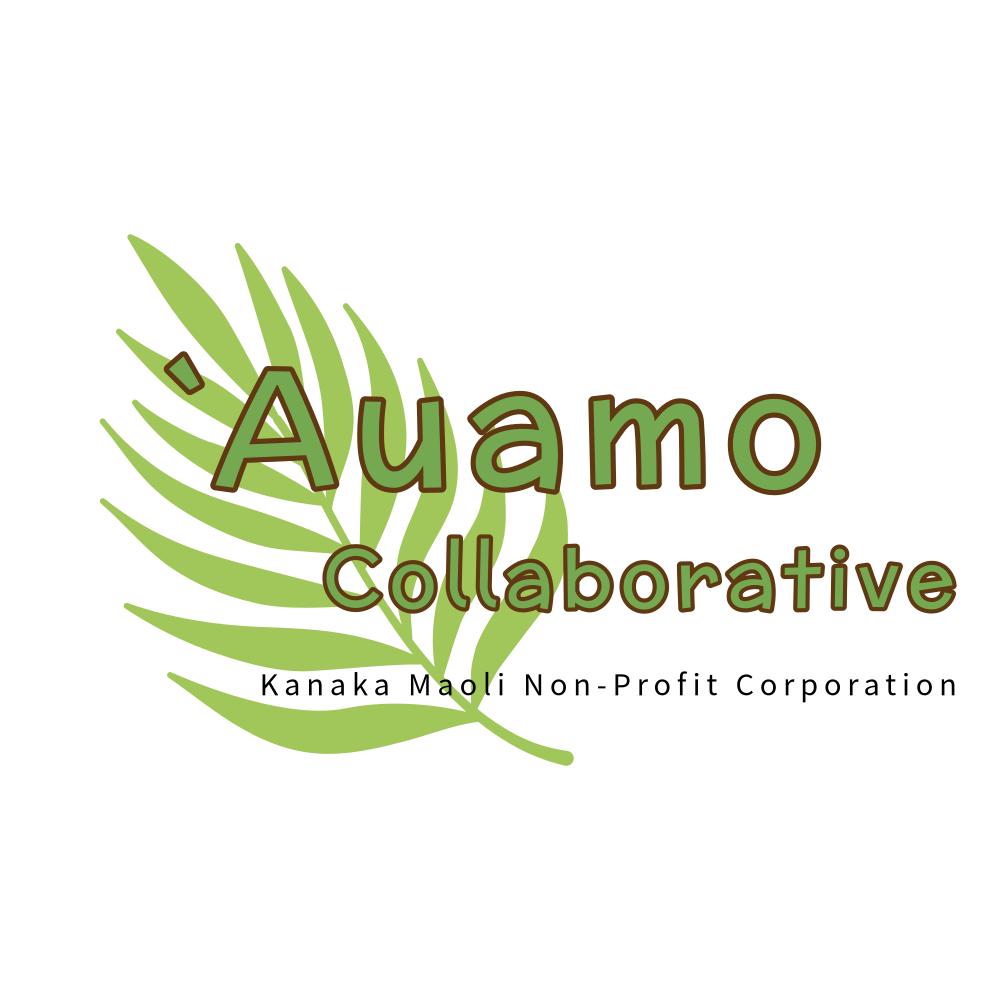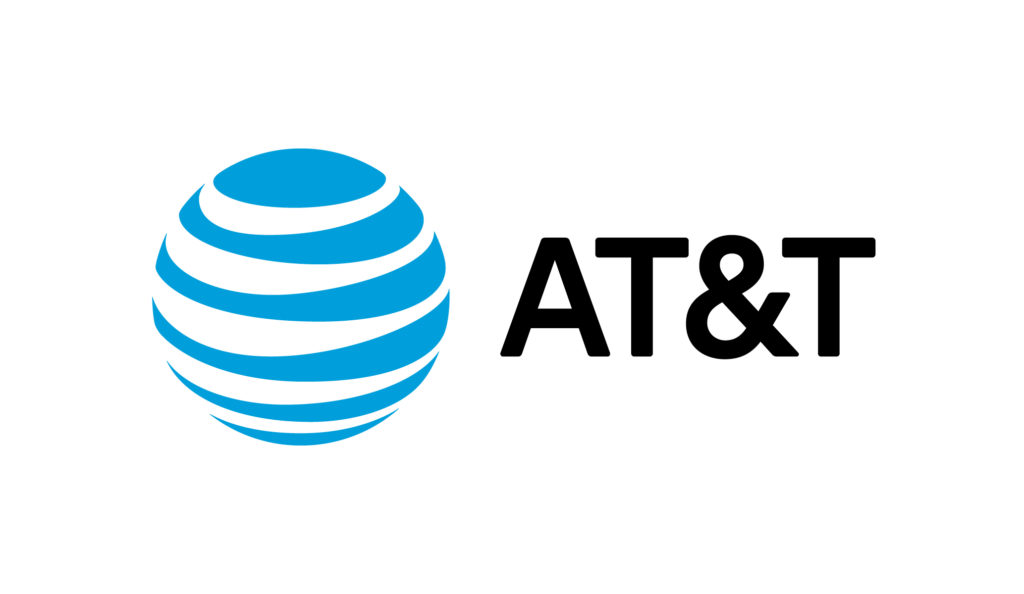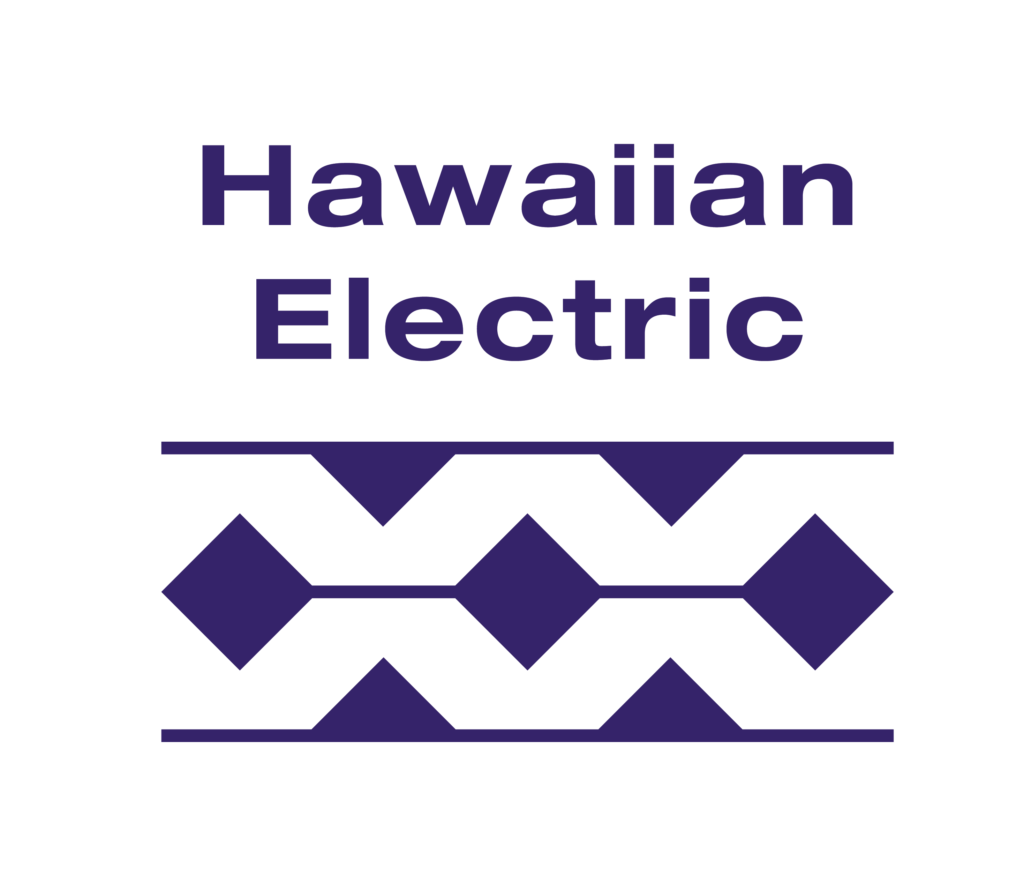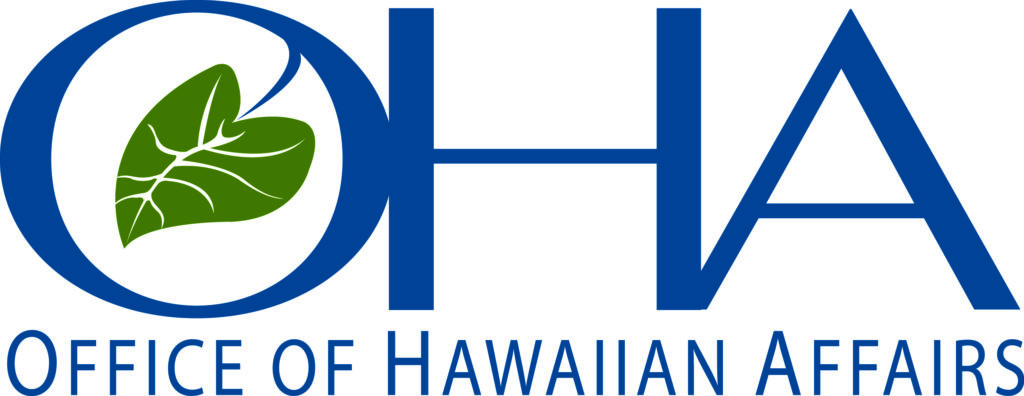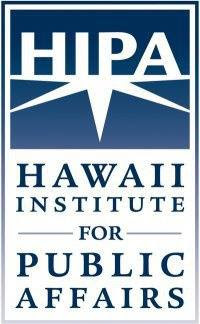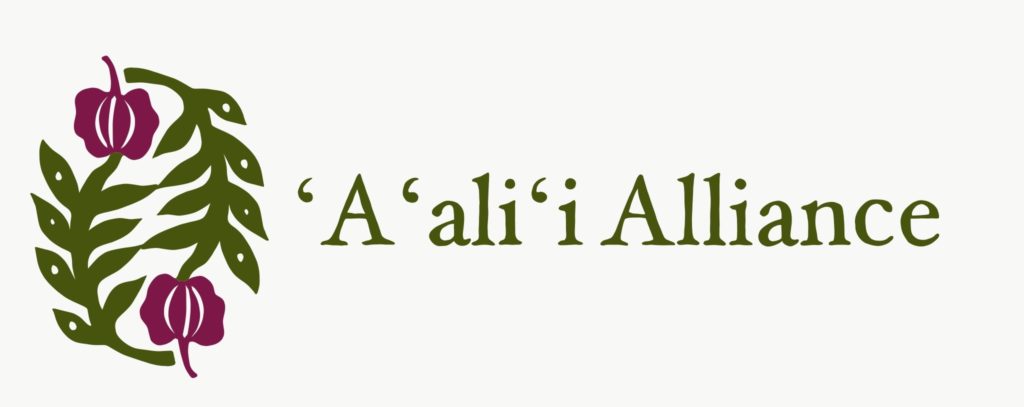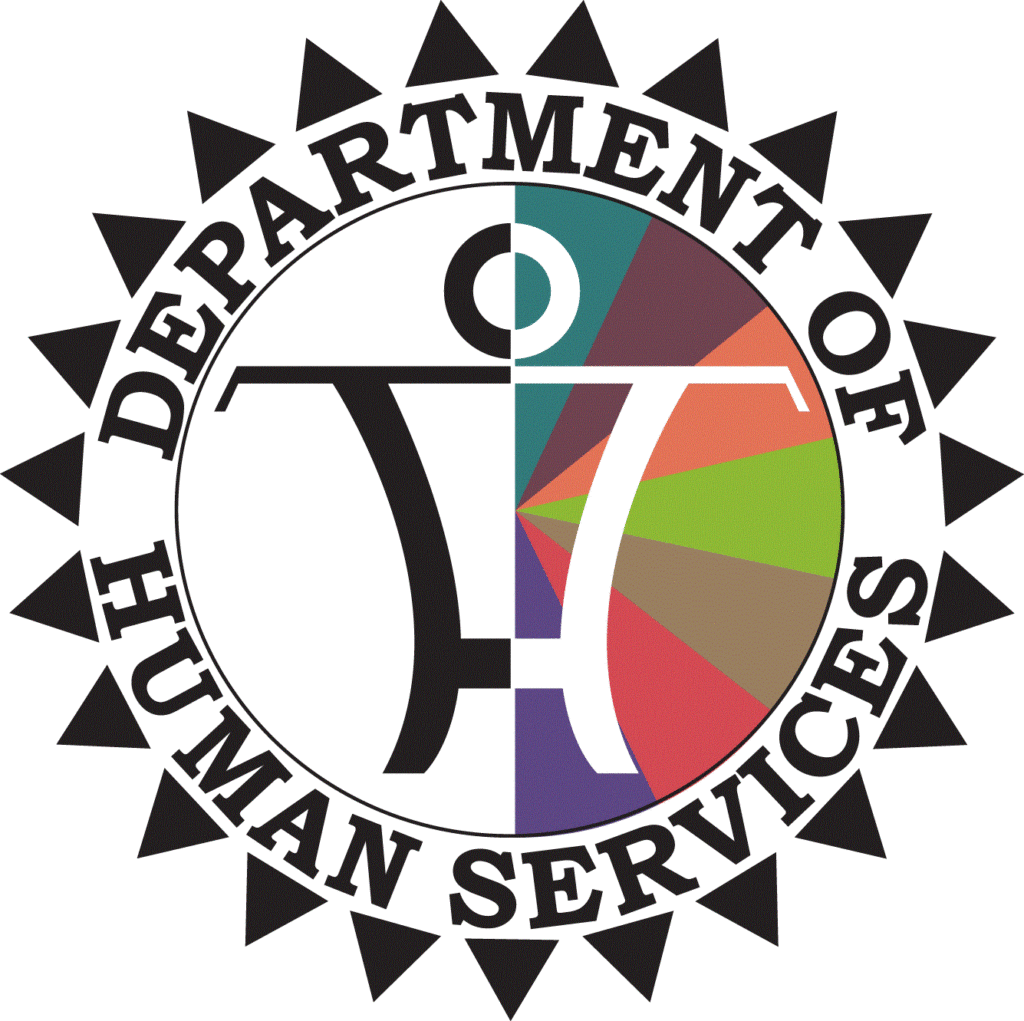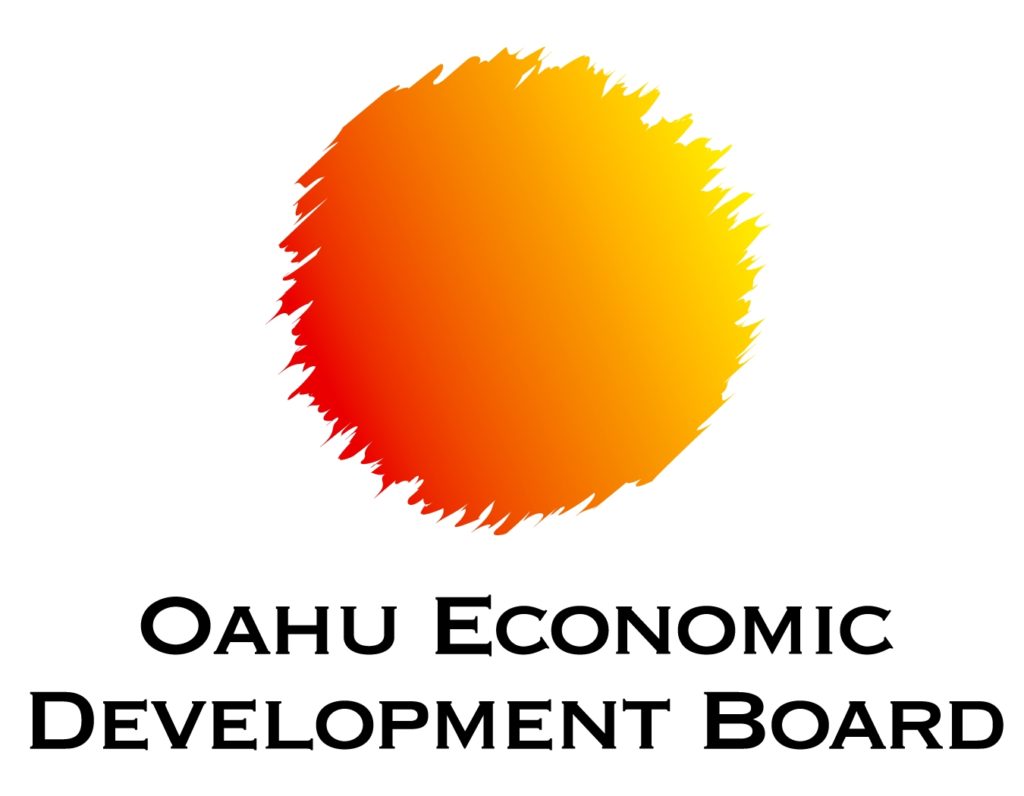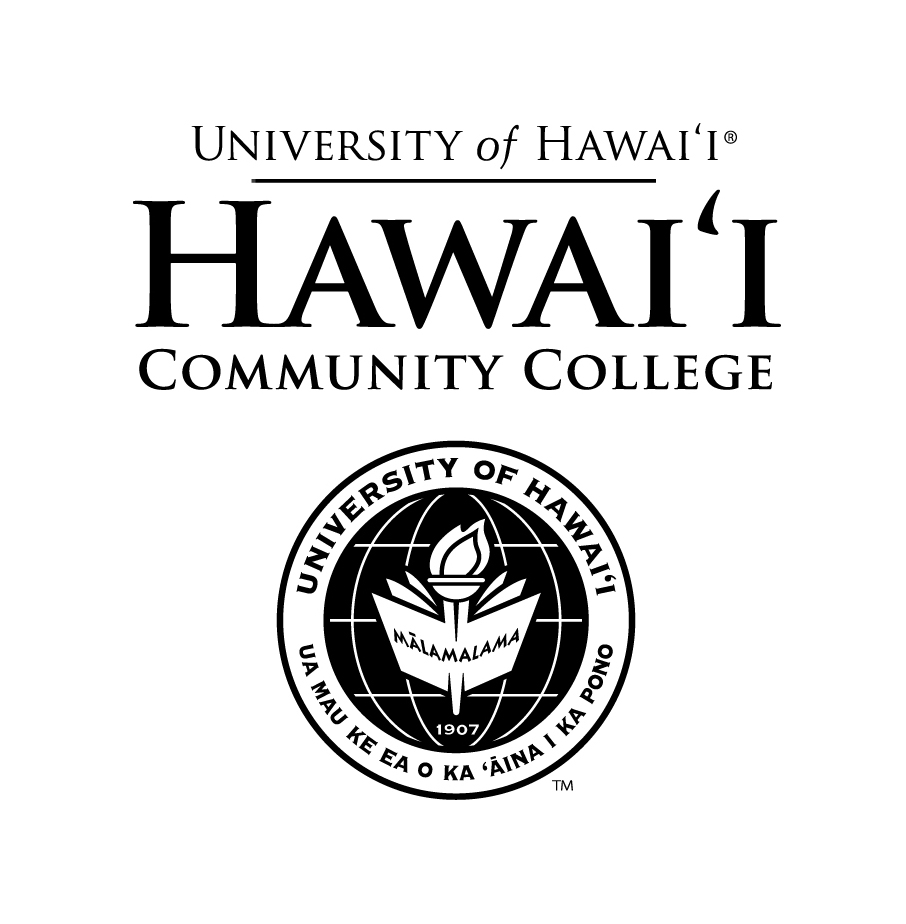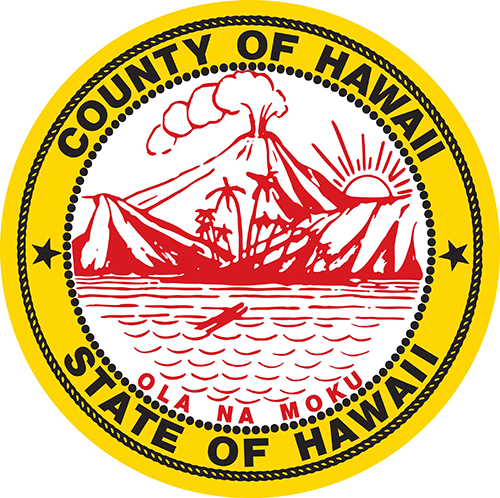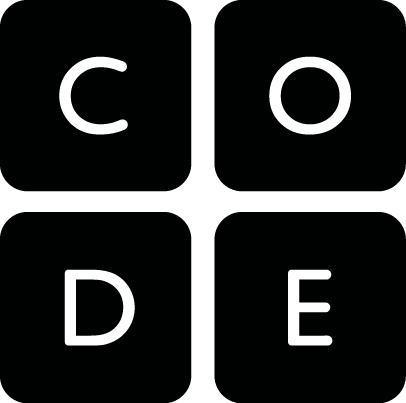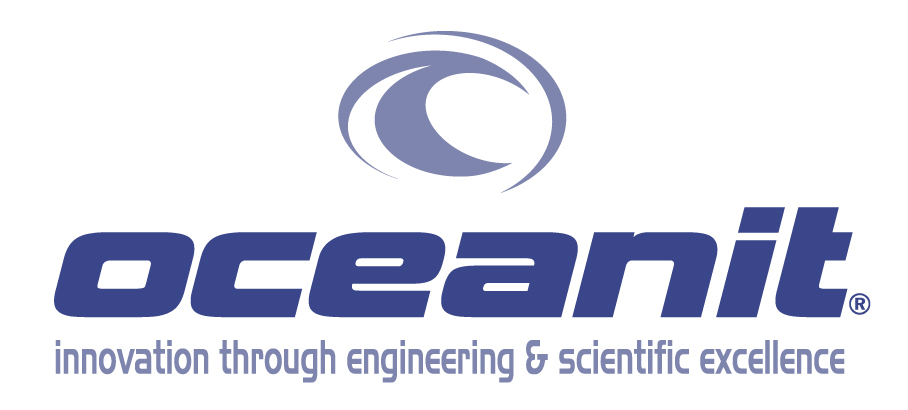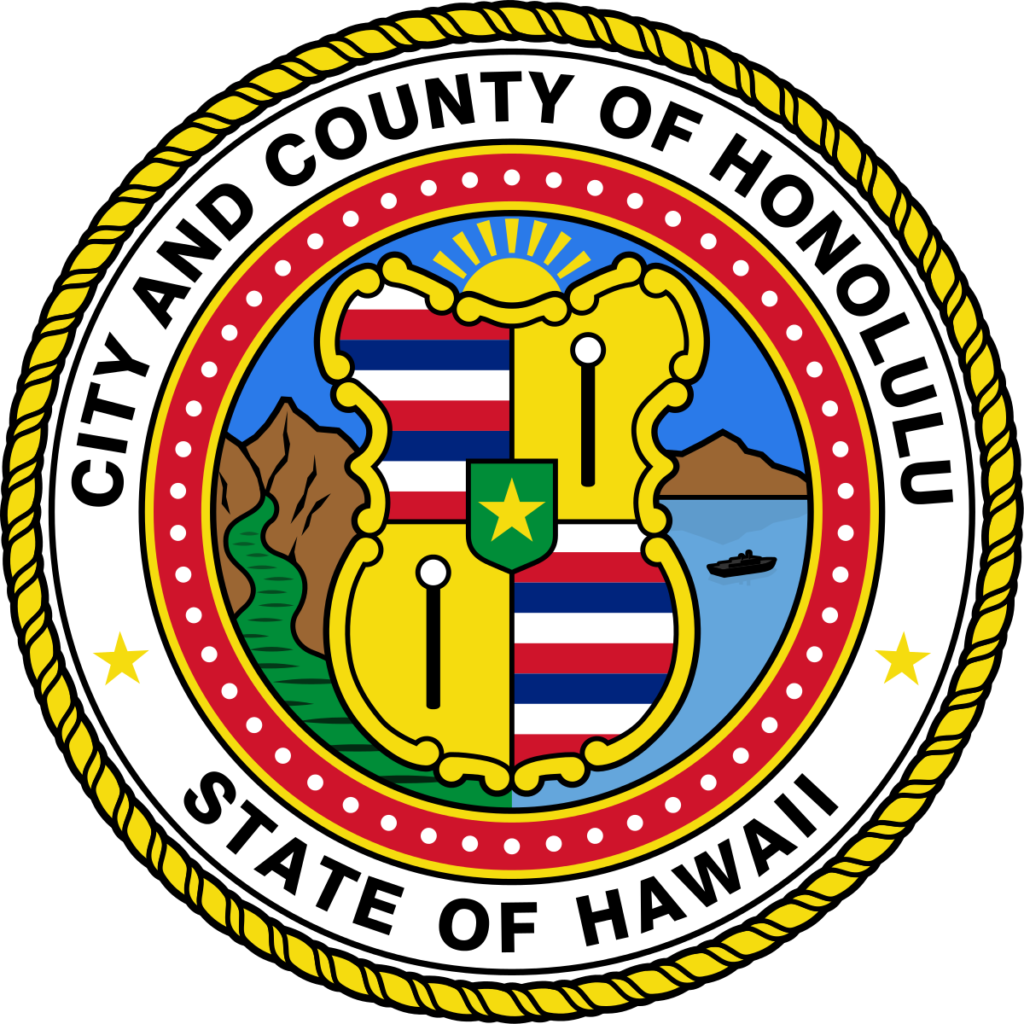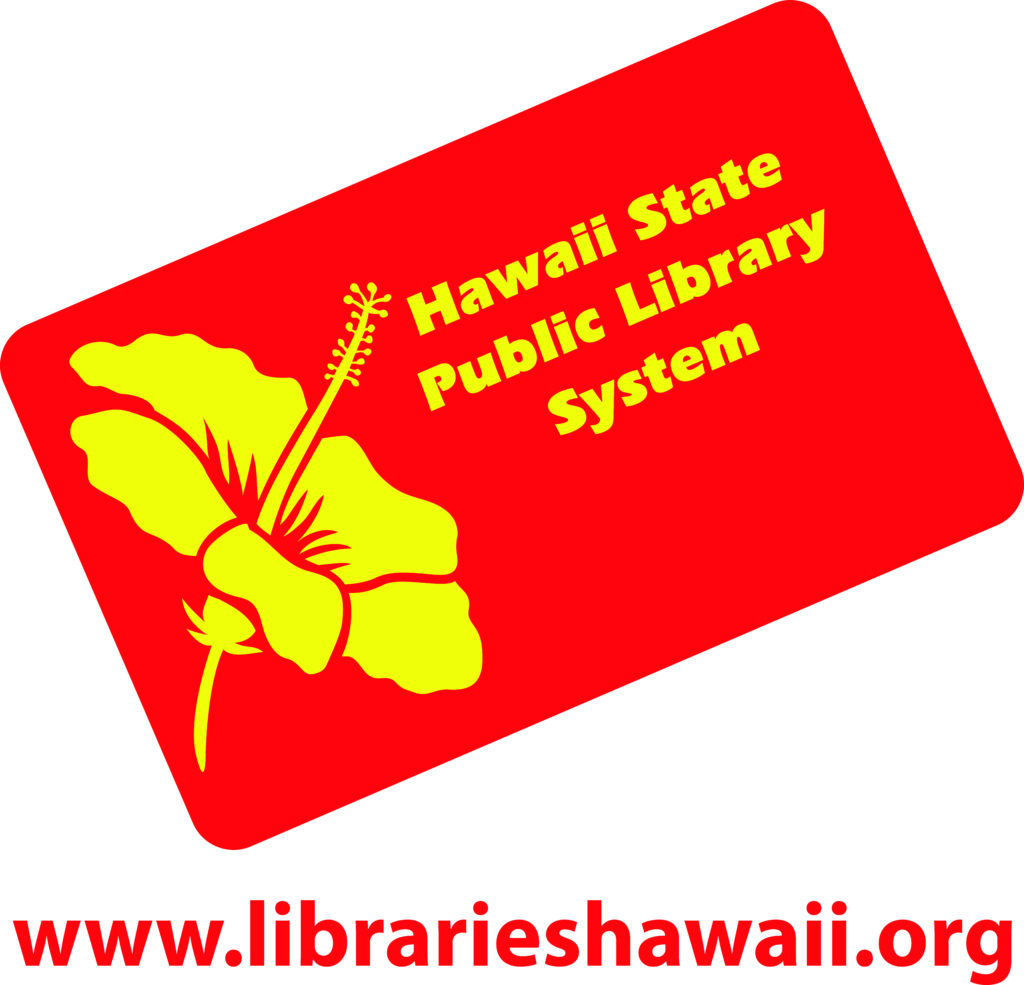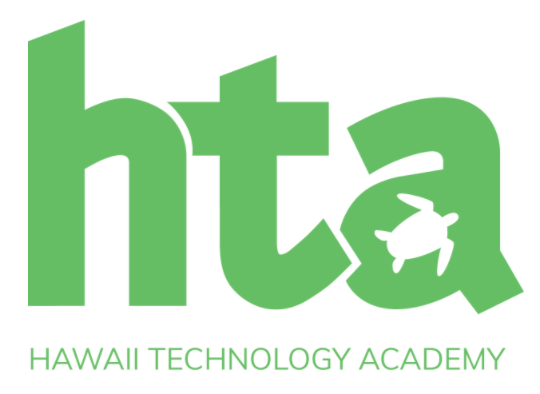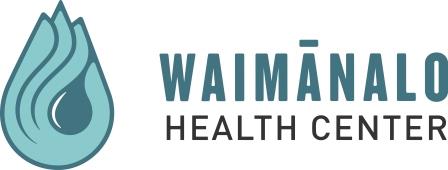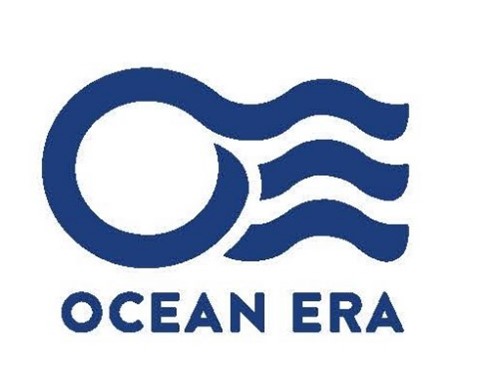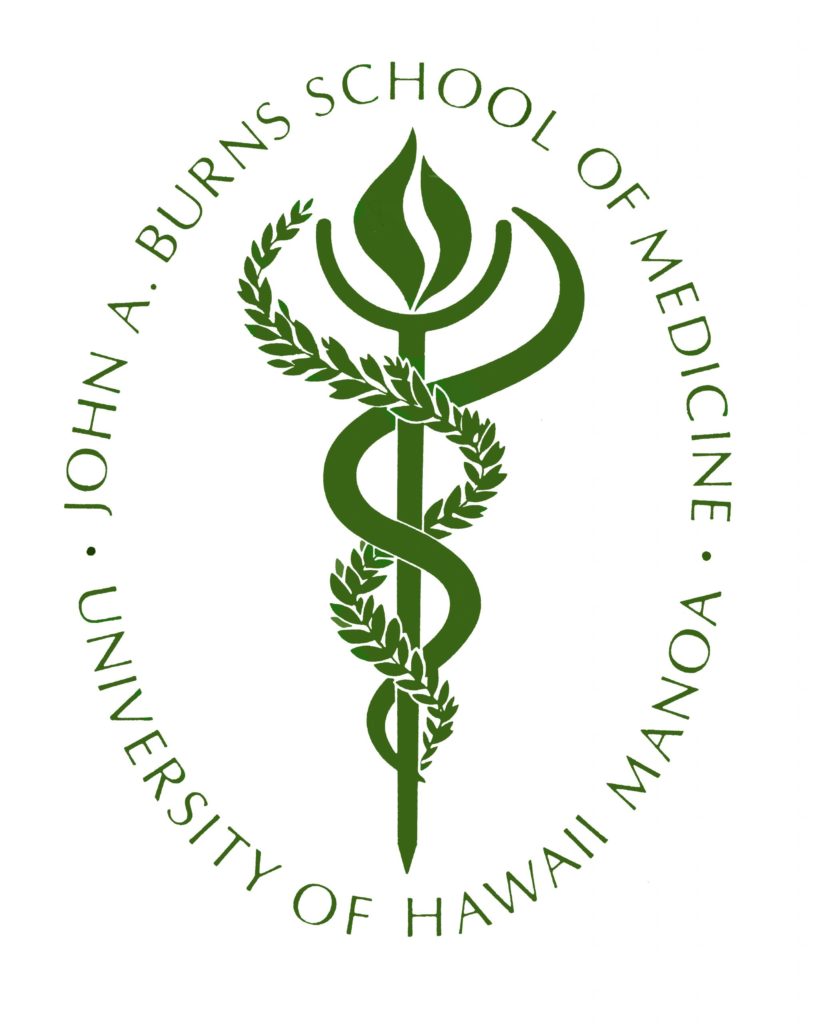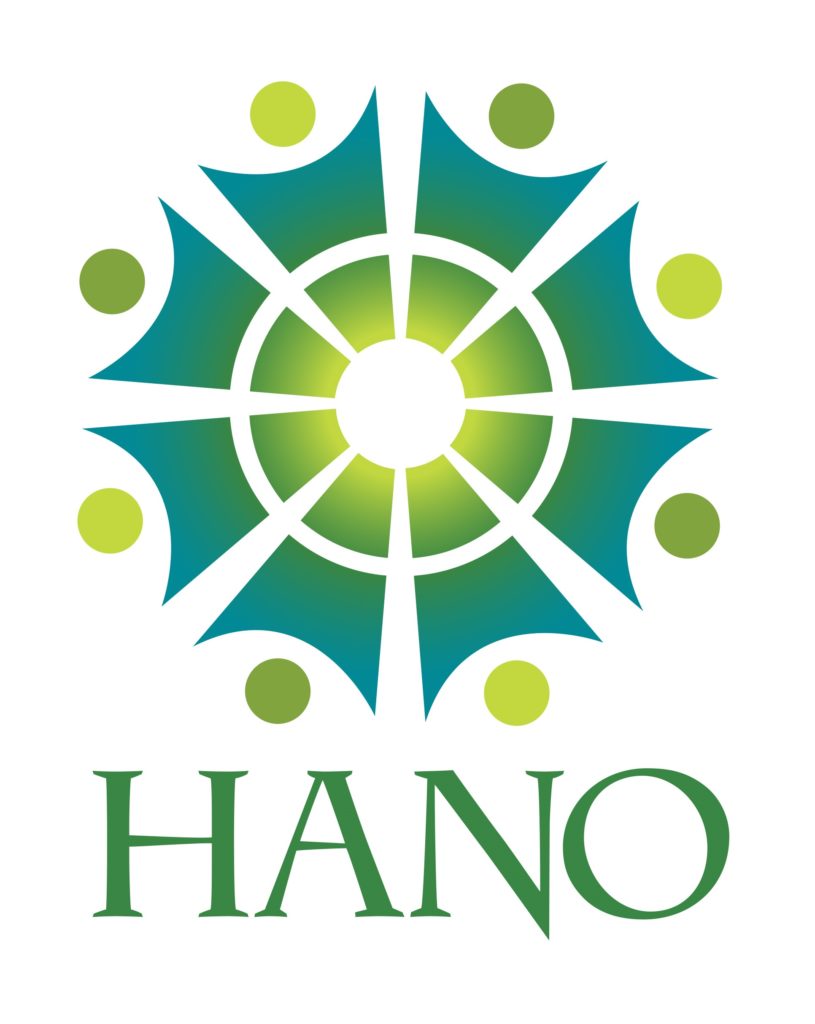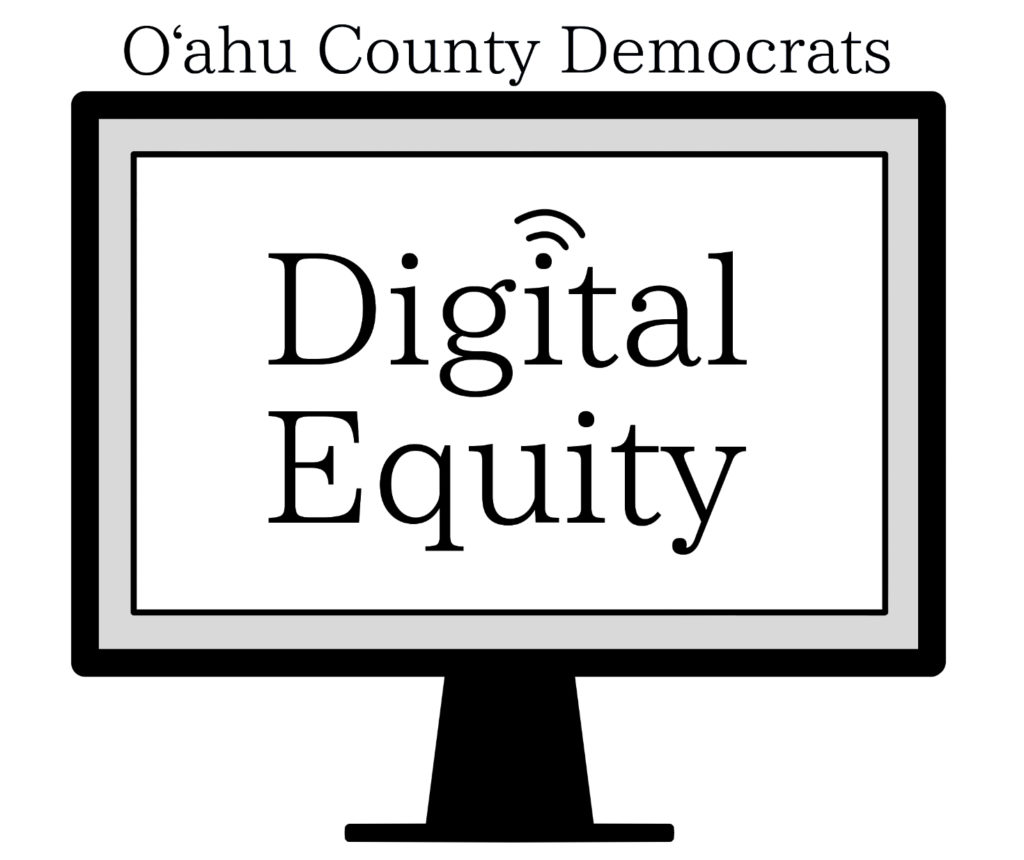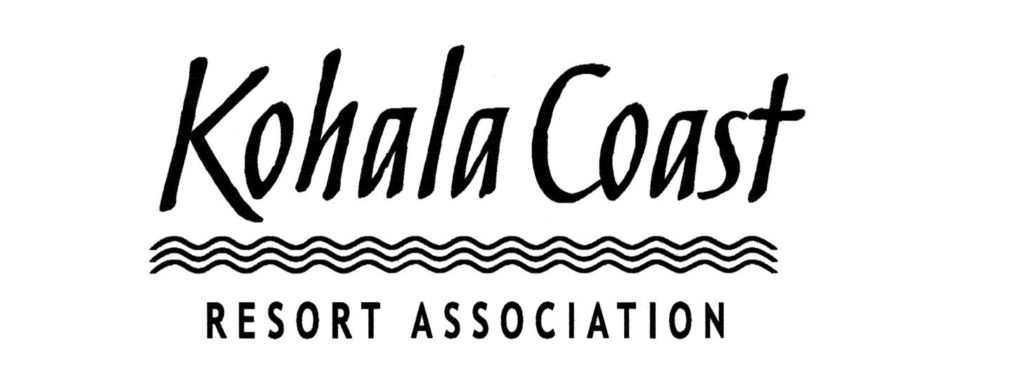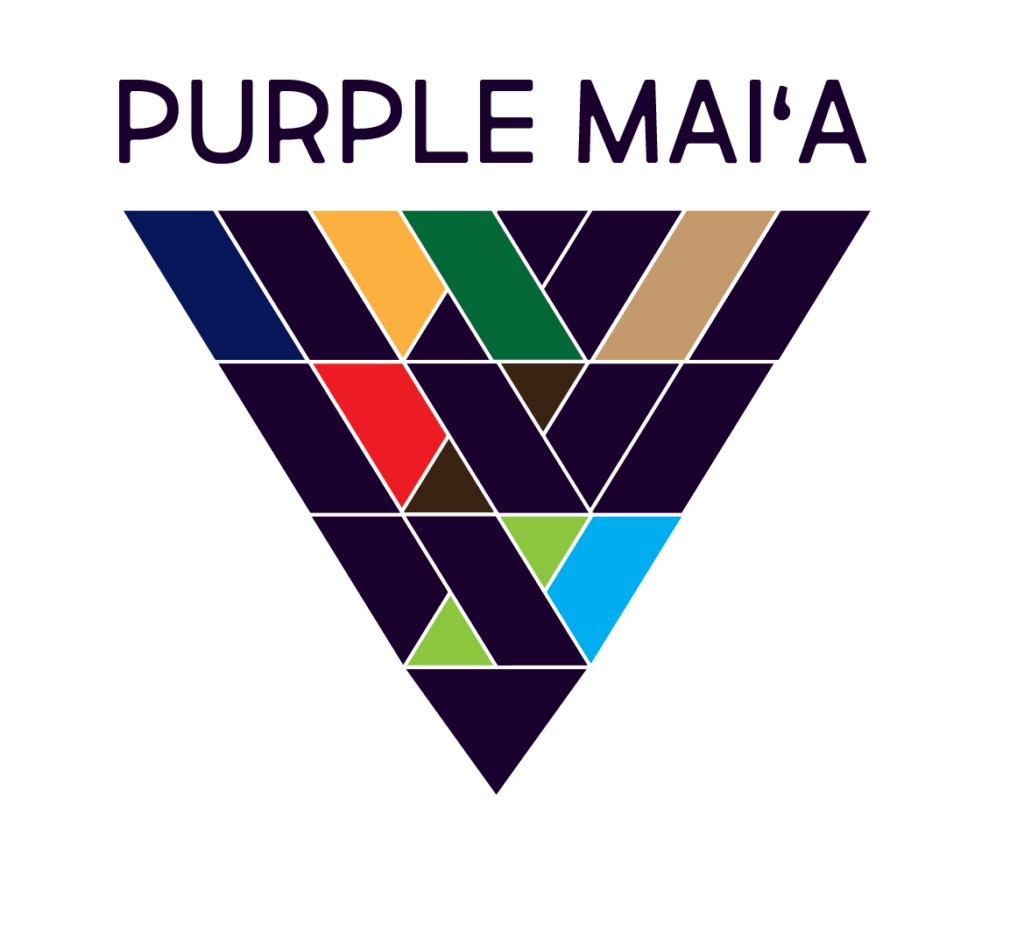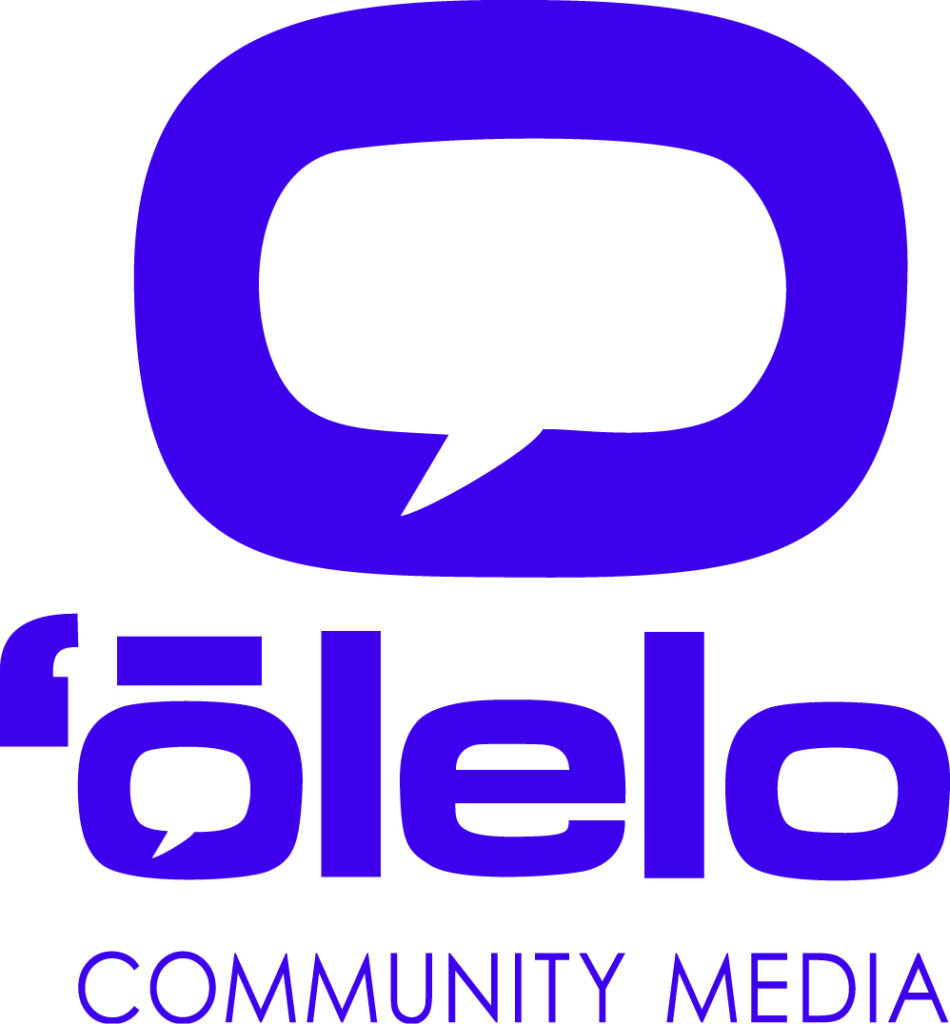Broadband for A.L.L. – A Digital Equity Declaration for Hawai‘i
PREAMBLE
Hawai‘i was not prepared for the first stay-at-home, work-from-home orders triggered by the COVID-19 pandemic. The immediate halt to most in-person interaction resulted in disruptions to business, education, healthcare, the provision of other essential services, and social functions. The impacts demonstrated Hawai‘i’s vulnerabilities, exacerbated by inadequate digital infrastructure. As a result, providing equitable access to broadband, improving digital literacy, and effectively applying digital tools in essential sectors became among the State’s most pressing challenges.
In March 2020, driven by the initial urgency to provide digital connectivity to those in need, the Department of Business, Economic Development and Tourism (DBEDT), the Economic Development Alliance of Hawaii, and Transform Hawaii Government convened twenty participants to find immediate solutions. In the weeks since this initial convening, more than 200 individuals representing wireline and wireless carriers, federal, state and county legislative and administrative leaders, local, national, and international non-profits, public and private schools, universities, and private businesses joined the exploratory conversations. This ongoing weekly convening has become known as the Broadband Hui.
Through the diverse input gathered in this collective forum, it has become overwhelmingly apparent that many in Hawai‘i, primarily from rural and socioeconomically disadvantaged communities, lack the necessary digital tools to work, learn, receive essential services, and participate in civic and social activities. If this is left to continue, the impacts of digital inequity may become an increasingly significant contributor to a widening socioeconomic gap. It has also become apparent that many in our community are working tirelessly to provide solutions to this pressing issue.
In November 2020, DBEDT published the new 2020 Hawaiʻi Broadband Strategic Plan, which articulates the State’s approach to address many of the broadband and digital inequity issues facing Hawaiʻi.
This Digital Equity Declaration compiles the collective priorities articulated through months of thoughtful Broadband Hui conversations and, in alignment with the 2020 Hawai‘i Broadband Strategic Plan, sets a foundation for collective action among private- and public-sector partners by providing a vision and goals that will move Hawaiʻi toward a more equitable digital future. This Declaration is a call to address this critical need by advancing the following three pillars of digital equity:
- Access: Affordable, quality broadband for all;
- Literacy: A baseline of digital competence for all; and
- Livelihood: Societal systems effectively leveraging digital opportunities to improve lives.
In reference to these pillars, we refer to this declaration as Broadband for A.L.L.
ISSUE SYNOPSIS
Overview
“Digital equity” is the condition in which all Hawai‘i’s residents, keiki to kupuna, have the information technology capacity needed to participate fully in our society, democracy and economy, including civics, social and cultural activities, employment, lifelong learning, and access to essential services. Digital equity requires ubiquitous and affordable access to broadband and the internet, digital tools, and the knowledge to thrive in an increasingly digital world.
The lack of digital equity has been a pressing community issue in Hawai‘i for many years now, separating those in rural communities and from socioeconomically disadvantaged circumstances from the rest of modern society. This inequity creates a “digital divide” through racial, economic, and geographical boundaries, which is amplified among our most vulnerable and underserved populations. Ultimately, digital inequity prevents many Hawai‘i residents from fully participating in society and from pursuing the same opportunities as their peers.
Addressing the need for more broadband infrastructure, internet-capable devices, affordable, quality broadband service, and technological know-how will contribute to more equitable digital access.
According to 2019 American Community Survey data:
- 55,000 households in Hawai‘i (roughly 11.8%) do not have an internet subscription (includes cable, fiber optic, or DSL; a cellular data plan; satellite; or a fixed wireless subscription)
- 44,198 households (roughly 9.5%) have no internet access at all
- 7% of households have no computer
- The lack of internet access grows when focusing on certain demographics:
- 19.2% of households with an annual income less than $75k have no internet subscription
- 8.7% of Native Hawaiian and other Pacific Islanders (NHPIs) are without an internet subscription (compared to 4.6% for Hawai‘i’s total population)
- 8.2% of NHPIs have no computer in their household (compared to 4% for Hawai‘i’s total population)
- 11.6% individuals 65 years and older have no computer in their household (compared to 4% for Hawai‘i’s total population)
- 10.1% of individuals with the educational attainment of less than a high school diploma or equivalent have no internet subscription (compared to 4.6% for Hawai‘i’s total population). 14.2% of individuals in the same group have no computer in their household (compared to 4% for Hawai‘i’s total population).
While digital inequity is not new, the impacts of COVID-19 have exacerbated the digital divide. The drastic increase in Hawai‘i’s unemployment rate has forced some families to cut home internet subscriptions to prioritize other expenses. The need for social distancing has forced most business and societal functions to occur online, placing employment and other necessities out of reach for those without digital connectivity.
We expect COVID-driven shifts toward digital connectivity to influence perpetual changes, for which digital equity will be key to promote a more equitable society in general. In addition, digital equity supports Hawai‘i’s economic recovery and efforts to accomplish many of the United Nations’ Sustainable Development Goals, the Hawai‘i Community Foundation’s CHANGE Framework goals, and the State’s Aloha+ Challenge goals.
For these reasons, the pursuit of digital equity has quickly risen in priority across the public and private sectors. The following outlines some of the impacts of digital inequity and related opportunities across several key sectors, including healthcare, education, business and economics, government, and culture and arts. It also describes the relation of digital equity to general social connectivity.
Healthcare
There has been a major surge in the utilization of telehealth across the entire health service sector in Hawai‘i and the country due to COVID-19 public health measures, including stay at home orders, avoidance of unnecessary disease exposure, and personal protective equipment (PPE) inventory concerns. According to a University of Hawai‘i study, only 20.5% of Hawai‘i health care providers adopted telehealth prior to the COVID-19 public health emergency. Now, as reported in July 2020 to the Telehealth Hui, a group of Hawai‘i telehealth stakeholders, large health systems have had a 50-80% increase in telehealth utilization, with HMSA reporting a 613% increase. Federally Qualified Health Systems and Native Hawaiian Health Systems have also had widespread adoption of telehealth. Some services delivered via video teleconference include teleconsultation with behavioral mental health specialists, primary care, substance abuse group therapy, a range of specialty care, and therapy consultation including physical therapy, occupational therapy, and speech therapy.
The CDC reports that four in ten American adults avoided medical care because of concerns related to COVID-19. The CDC study further states that the people who most frequently avoid urgent or emergency care are those with disabilities, caregivers, and people with two or more underlying health conditions. While telehealth could facilitate greater access to care, demonstrated by widespread adoption among healthcare providers, telehealth is also limited by existing broadband disparities. Telehealth offers much potential, but only to those who have reliable and affordable broadband connectivity.
Although it is difficult to measure the direct return on investment for telehealth, we can understand the high cost burden of chronic disease and potential for telehealth in improving chronic disease management in the U.S. According to a Milken Institute report (2018) chronic disease, such as diabetes, heart disease, and cancer accounts for $1.1 trillion and $3.7 trillion when loss of economic productivity is included. This is significant, as it represents nearly 20 percent of the U.S. GDP. Further, several studies indicate telehealth is associated with improvements in chronic disease management and notable cost savings. Telemedicine was also associated with decreased wait times, decreased travel cost, and loss time from work for patients. For providers, telehealth reduces patient no shows and reduces administrative overhead. The Milken report states that improved care via telehealth “led to75% fewer hospitalizations and cost savings of almost $45,000 per patient per year.”
The Telehealth Hui is working with telemedicine directors and payors to evaluate telehealth utilization and costs during the COVID-19 pandemic in order to better understand the return on investment for telehealth in Hawai‘i.
Education
According to Hawaiʻi Department of Education (HIDOE) surveys, 83 percent of secondary students surveyed said they had a home computer they could use for distance learning, while 71 percent said there were sufficient devices in their household per family member to use. Half the students surveyed said they had “quite reliable” internet access. About 22 percent of students surveyed said they participated in distance learning through paper packets, while 83 percent said they did so through online delivery. Furthermore, as shared by the HIDOE in an October information briefing, in quarter one of the 2020-2021 school year, 9 out of 10 students were learning through distance learning (blended or full-virtual).
In a summary of results, DOE noted that fewer Native Hawaiian and Pacific Islander students said there were enough tech devices in their household for each family member to use compared with the student survey results in total. A higher percentage of students from those communities said they were given a school-issued device than students overall. Three-fourths of respondents said they would prefer digital devices to paper packets for remote learning.
McKinsey & Company estimates COVID-19-related learning losses will directly result in the average K-12 student in the United States losing $61,000 to $82,000 in lifetime earnings, which translates into an estimated impact of $110 billion annual earnings.
The Economic Policy Institute, which has done further research into COVID-19 and student performance, equity, and U.S. education policy, cites that “online learning and teaching shows that they are effective only if students have consistent access to the internet and computers and if teachers have received targeted training and support for online instruction.”[1] In alignment with this research, Hawai‘i schools have reported that some families are returning digital devices loaned to them, as a lack of connectivity at home has made the devices ineffective for distance learning.
Business and Economy
Business flows between the physical and virtual daily. Digital connectivity coupled with digital literacy that expands Hawai‘i’s economic opportunities for businesses will be key to our businesses surviving and thriving, and ensure that our residents maximize the benefits of a digital economy.
Connecting people whose mobility is restricted by family, health, or other considerations has enabled them to contribute greatly to their societies, and their societies’ economies. For Hawai‘i’s residents, digital connectivity also provides access to remote jobs across the globe, enabling individuals to find digital work that suits their skills and interests, while continuing to live here. Our digital infrastructure must allow Hawaii’s workforce and business to compete with parity for business anywhere in the world. These remote workers bring money into Hawai‘i’s local economy. Conversely, digital connectivity enables local businesses to access the talent of a global workforce, as needed to support their endeavors.
According to statistics from the U. S. Department of Commerce Bureau of Economic Analysis, the digital economy accounted for 5.1 million jobs or 3.3% of total U.S. employment of 152.1 million jobs. Employees working in the digital economy earned $132,223 in average annual compensation in 2017, compared to $68,506 per worker for the total U.S. economy.
Being connected has been especially important during the pandemic. Local businesses that already had an online presence, were able to establish one quickly, or enhanced their presence to attract new consumer audiences to sell goods or services have relied on this connectivity to survive. As we prepare strategies for recovery, connectivity will continue to be a lifeline for all businesses, small, medium or large. When Hawai‘i businesses and their employees have the connectivity and skills to participate in the global market, they have a greater opportunity to succeed.
Government
Citizen access to government services when and where needed is an essential component of our democratic system. The COVID-19 pandemic has forced citizens to stay at home and state workers to work from home, increasing the dependence upon a computer and the internet to both access and deliver essential government services such as unemployment insurance, healthcare for the uninsured or under-insured, access to public housing, and access to Supplemental Nutrition Assistance Program (SNAP) benefits. With a growing percentage of the population qualifying for state benefits as the pandemic persists, digital access to government services has become a lifeline for many people.
Fortunately, as the government (local, state, federal) is forced to be more efficient and effective, most internal and external-facing processes are being digitized. For government employees to carry out their responsibilities, and for the public to access essential government services and resources and fully participate in civic processes, all must have digital connectivity. Government employees must be able to deliver services equally to any citizen, whether through digital or in-person interaction.
Transitioning Hawai‘i’s government toward more digital systems also has the potential to reduce a variety of costs, such as those related to man-hours, office space, utilities, and travel. Equitable digital access for all, tied to a more digitally accessible government, could also support government revenue collection by making it easier for citizens to pay government fees, fines, and taxes.
Culture and Arts
Culture and arts play an important role in promoting social and economic goals through value setting, development of talent, innovation through unique perspectives, creating community belonging, business opportunities, improving health and wellbeing, delivering essential services, and more. As many cultural and artistic activities shift into digital spaces, digital equity provides access to these benefits and opportunities for all Hawai‘i’s residents, along with industries like tourism and many Hawai‘i businesses that heavily leverage Hawai‘i’s cultural heritage for branding and customer attraction.
The COVID-19 response demanded an immediate halt in many cultural and artistic activities, such as live music, dance, art shows, festivals, etc. Digital equity also supports Hawai‘i’s artists, cultural practitioners, and related businesses navigate this difficult time.
Social Connection
One of the most foundational human needs is to be socially connected. Especially during times like these when we cannot be together physically, having the means to talk, see, and connect to others is vital to thriving. Those who are not digitally connected can be left feeling socially isolated and lonely, leading to emotional, mental, and other health issues. Digital equity ensures all in our community can connect with each other and coalesce to contribute to community resilience.
VISION
Within 10 years, all residents in Hawai‘i have access to the digital skills and connectivity needed to participate fully in our society and economy, so that they may benefit from lifelong learning, civic and social engagement, access to essential services, and expanded job opportunities.
GOALS
Goal Framework
ACCESS + LITERACY + LIVELIHOODS —-> IMPROVED WELLBEING OF HAWAI‘I’S COMMUNITIES
Broadband Access
Goal: By 2030, consistent, quality internet access is available to 100% of Hawai‘i’s residents.
Digital Literacy
Goal 1: By 2023, all Hawai‘i’s residents will have access to quality training and support to develop the skills to use digital technology to enhance their quality of life.
Goal 2: Build a digitally literate workforce for education, health, government, commerce, and culture.
Livelihoods
“Livelihoods” in this context includes digital access and engagement in the societal systems that our communities depend on, including culture and arts, family and social connectivity, healthcare, business and employment, civics, education, government services, etc. We recognize that the need to implement, expand, and continuously improve digital access to our societal systems stretches across all sectors. The goals below are not an exhaustive list but highlight opportunities to improve digital access in high-impact sectors.
Overarching Goal: All Hawai‘i residents will be able to seamlessly connect to the digital resources they need to be connected and successful in their everyday life.
Government:
- Goal 1: By 2025, all government services available to the public are made accessible online through a single government portal, unless in-person interaction is otherwise necessary.
- Goal 2: By 2025, civic participation, including the ability to provide live oral testimony, is available online for all public hearings of state and county legislative and administrative bodies.
Healthcare:
- Goal 1: Affordable and secure access to safe, quality health care is available to all Hawai‘i residents via telehealth and in-person.
- Goal 2: Every health care provider in rural or urban areas should have equal access and know how to effectively use and provide safe, quality, and secure health care services via telehealth.
Culture and Art:
- Goal: Hawai‘i’s significant cultural and artistic collections are made available to students and the public online, such that the knowledge, inspiration, identity, and values of Hawai‘i’s people can continue to be shared with the world.
Education:
- Goal 1: By 2030, all students have the opportunity to participate in in-person, online, and hybrid learning.
Business:
- Goal 1: Reskill/upskill Hawai‘i’s workforce.
- Goal 2: Make support available for local companies looking to embrace digital technology to expand their business opportunities.
DECLARATION
In 1824, shortly after the written word was introduced to Hawai‘i, Kamehameha III, Kauikeaouli, proclaimed, “He aupuni palapala ko‘u (mine is a kingdom of literacy).” The King’s leadership and the value he placed in written language and education resulted in extremely high literacy among Native Hawaiians.
Today, we find ourselves in a similar situation, where through a new form of literacy and its related tools new opportunities can be made available to Hawai‘i’s people. As current leaders in Hawai‘i, those signing onto this Declaration believe that now is the time for a concerted pivot toward digital literacy and empowerment to improve the lives of those who are most vulnerable and position Hawai‘i for a more prosperous and resilient future.
Accordingly, we the undersigned declare that digital inequity is one of the most pressing issues facing Hawai‘i. We further declare the Vision and Goals outlined herein are a foundation for our collective action toward a more equitable digital future.
[1] Report • By Emma García and Elaine Weiss • September 10. “COVID-19 and Student Performance, Equity, and U.S. Education Policy: Lessons from Pre-Pandemic Research to Inform Relief, Recovery, and Rebuilding.” Economic Policy Institute, 10 Sept. 2020, www.epi.org/publication/the-consequences-of-the-covid-19-pandemic-for-education-performance-and-equity-in-the-united-states-what-can-we-learn-from-pre-pandemic-research-to-inform-relief-recovery-and-rebuilding/.
Supporters
Individual Supporters
| Lihla Noori |
| Summer Keliipio |
| Jenifer Sunrise Winter |
| Sultan White |
| Ramona K Mullahey |
| William Sides II |
| Brad Kaleo Bennett |
| Christina Higa |
| Niniau Kawaihae |
| Stacey Aldrich |
| Mark Iha |
| Joseph Swick |
| Pono Shim |
| Crystal Yamasaki |
| Shawn Uehira |
| Mark McGuffie |
| Lorrin Kim |
| Venkataraman Balaraman |
| Kris Hara |
| David Miyashiro |
| Susan Yamamoto |
| Michelle Takemoto |
| Kelley Withy, MD, PhD |
| Lark J. Morin |
| Rhonda Roldan |
| Cleo Brown |
| Mary Oneha |
| Dwayne K. Lopes |
| Valerie Barnes |
| Norman Okamura |
| Brian Dote |
| Paul Keahi |
| Ben Trevino |
| Raquel Aki |
| Maya Maxym |
| Jonathan J. Chun |
| Susan Tai |
| R. Scott Daniels |
| Kaʻala Souza |
| Amy Truong |
| Sylvia Yuen |
| Jacqui Hoover |
| Olu Campbell |
| Cathy Betts |
| Tanya Power |
| Jill Takasaki Canfield |
| Christopher Foose |
| Kalani L. Kaanaana |
| Jeanne Unemori Skog |
| Rachel Solemsaas |
| Neil Anthony Sims |
| Bobby Uyehara |
| Teena Rasmussen |
| Mary Begier |
| Mark Leong |
| Melissa Unemori Hampe |
| Mary Wenstrom |
| Peter Sternlicht |
| Burt Lum |
| Noel Morin |
| Eugene Yap |
| Uwe Walter |
| Deborah Bond-Upson |
| Christine Sakuda |
| Curtis Kropar |
| Keoni Williams |
| Cameron Deptula |
| Katie Hendrickson |
| Katie Hendrickson |
| Doug Simons |
| Miles Yoshioka |
| Dr. Philip J. Bossert |
| Ian Kitajima |
| Janice Ikeda |
| Stephanie Donoho |
| Alex Teece |
| Shawn Kana’iaupuni |
| Suzanne Skjold |
| Chenoa Farnsworth |
| Joel B. Tan |
| Eugene Chang |
| Cliff Miyake |
| Leslie Wilkins |
| Wayne Buente |
| Allison Saunders |
| Nalani Kaauwai Brun |
| Brandon Makaawaawa |
| Puʻuhonua Dennis Bumpy Kanahele |
| Lynn Otaguro |
| Sylvia M. Hussey, Ed.D. |
| Scott Schwertfager |
| Ken Farm |
| Jon Chin |
| Sean Taketa McLaughlin |
| Lisa Chau |
| Laura K. M. Arcibal |
| Megan Hickinbotham |
| Brook Conner |
| David Roth MD |
| Dennis Teranishi |
| Nathan Char |
| LIsa Maruyama |
| Shane Asselstine |
| John L Reppun |
| Lorna Takehara Strand |
| Lee Buenconsejo-Lum, MD, FAAFP |
| Ani Menon |
| Debbie Cabebe |
| Rich Matsuda |
| Steve Auerbach |
| Sandy Bara |
| Kaʻiulani Laeha, CEO, ʻAha Pūnana Leo |
| Audrey Suga-Nakagawa |
| Kevin Chang |
| Patrick Williams |
| Myko Molina |
| Rebecca Boers |
| Russ Sumida |
| Laura Civitello |
| Bryce Novak |
| Kimberly Moa |
| Brenda Asuncion |
| Travis Mena |
| Taryn Kama – Go Get it Media |
| michael flumian |
| Niegel Rozet |
| Ernie Lee |
| Iliahi Curtis |
| Shane Akoni Palacat-Nelsen |
| Sabine “Sam” Nagasawa |
| Rebecca Choi |
| Emily Znamierowski |
| Susan Champeny |

